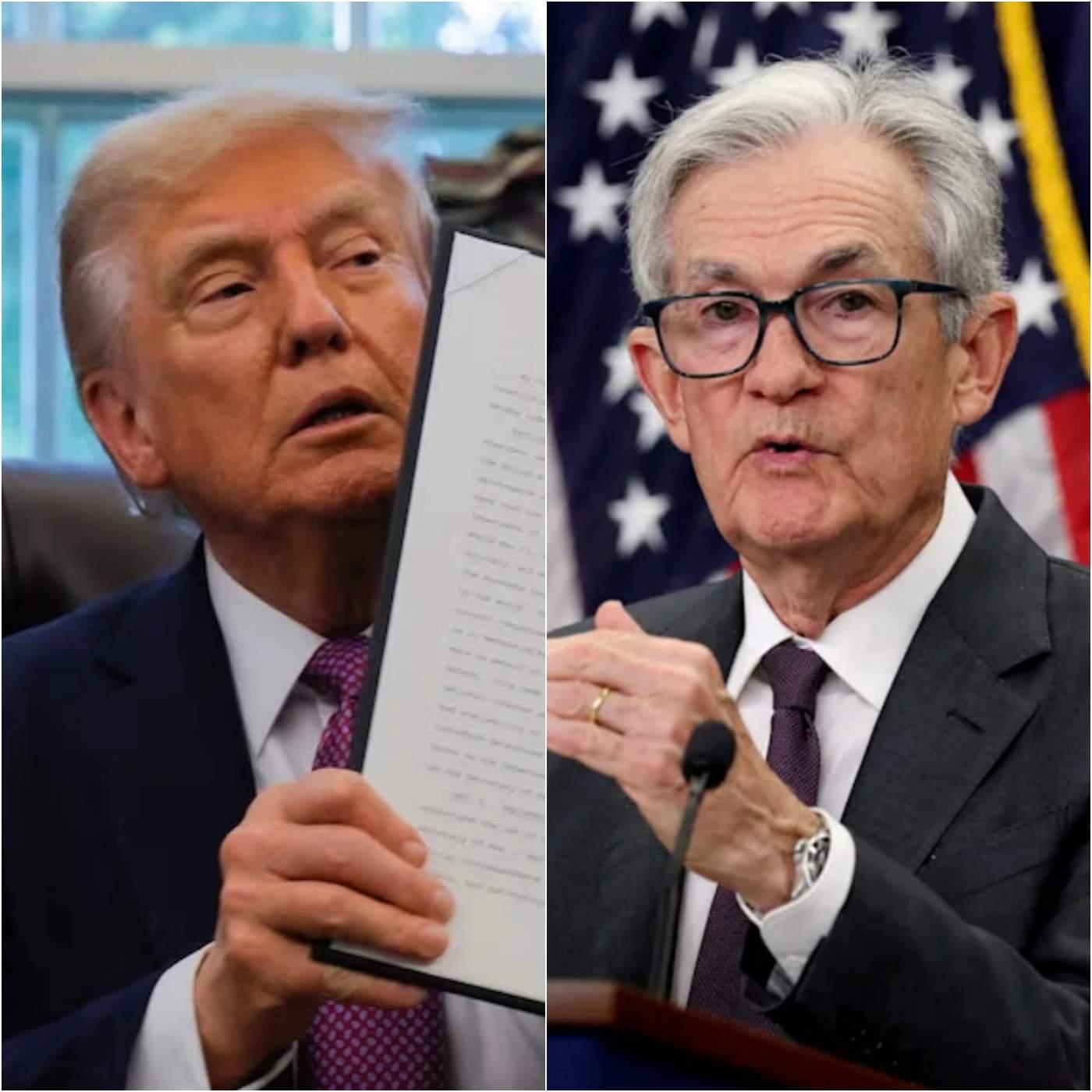The US Senate has just approved Mr. Stephen Miran to the position of a member of the Federal Reserve Governor (Fed).
Stephen Miran will temporarily replace the position of Ms. Adriana Kugler – who suddenly resigned last month. The decision to approve Miran was approved by the US Senate at the September 15 meeting.

Miran is currently the Chairman of the Economic Advisory Council at the White House. He was still holding this position, but without pay during his working time at the Fed.

Mr. Miran is holding the chairman of the Economic Advisory Council at the White House but he will “rest without salary” during his working time at the Fed.
Currently, the Governor is the highest leadership agency of the Fed, including 7 members responsible for establishing monetary policy, bank supervision and stability.financenation. President Donald Trump nominated Miran in this position from August right after Kugler resigned.
Miran only takes nearly 6 weeks to be accepted as the Fed Governor, while the usual process can take several months.
The upcoming Fed meeting took place on September 16-17. Investors are almost sure that this agency has reduced interest rates by 0.25%, because the labor market has recently weakened.
However, the analysts forecasting Miran may even object and support greater reduction. From the beginning of the term, the US president still called on the Fed to lower the interest rate strongly, up to several hundred points.

Mr. Miran has long supported President Trump’s import tax policy. He once affirmed that this tax did not cause inflation.
Since the beginning of the year, the Fed has not adjusted interest rates. The internal agency had previously had two members who supported interest rates, Michelle Bowman and Christopher Waller were nominated by President Trump from the first term.
During the July meeting, both voted against the interest rate. Experts say this is the first time in more than 30 years, the Fed has recorded two members of the Governor Council that has not agreed with a joint decision.
This time, analysts predicted that they continued to protest a reduction of 25 basic points, to support 50 basic points. If this happened, this would be the first time since 1988, the three Fed governors protested the general decision.





